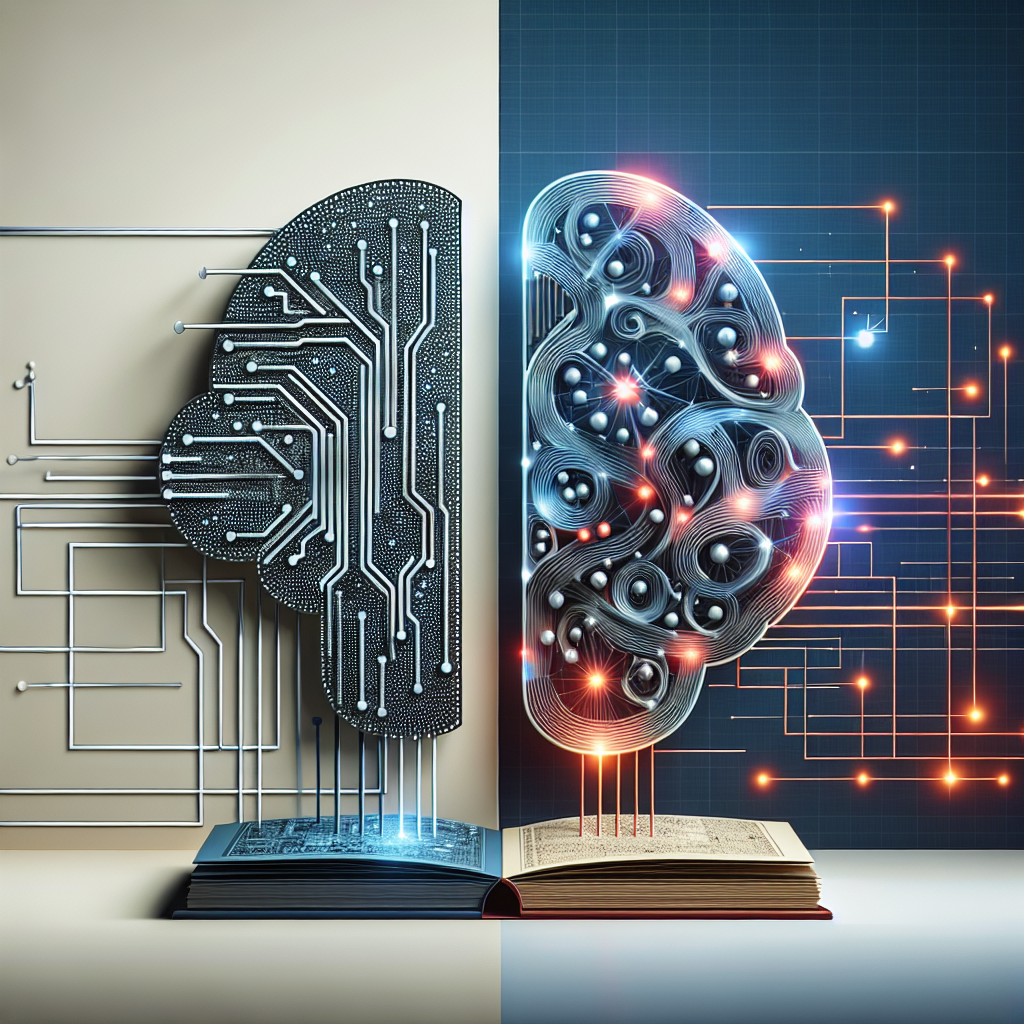In today’s technology-driven world, terms like artificial intelligence (AI) and machine learning are becoming increasingly commonplace. While these terms are often used interchangeably, they actually refer to two distinct concepts. Understanding the difference between AI and machine learning is essential for anyone looking to leverage these technologies in their personal or professional lives.
Artificial intelligence, or AI, refers to the ability of a computer system to perform tasks that typically require human intelligence. This includes tasks such as reasoning, problem-solving, understanding natural language, and perceiving and interpreting visual information. AI systems are designed to simulate human cognitive functions and adapt to new situations without being explicitly programmed.
Machine learning, on the other hand, is a subset of AI that focuses on the development of algorithms that allow computers to learn from and make predictions or decisions based on data. In essence, machine learning is a method of training a computer to recognize patterns in data and make decisions without being explicitly programmed. Machine learning algorithms are used in a wide range of applications, from recommendation systems and predictive analytics to autonomous vehicles and medical diagnosis.
To put it simply, AI is the broader concept of creating machines that can perform tasks requiring human intelligence, while machine learning is a specific approach to achieving AI by training machines to learn from data.
One of the main differences between AI and machine learning is the level of human intervention required. In traditional AI systems, programmers must explicitly code rules and logic for the system to follow, which can be time-consuming and limited in its capabilities. In contrast, machine learning algorithms can automatically learn and improve from data, reducing the need for manual intervention and enabling the system to adapt to new information.
Another key difference between AI and machine learning is the way they approach problem-solving. AI systems are typically designed to solve specific tasks or problems, such as playing chess or recognizing speech. Machine learning, on the other hand, focuses on developing algorithms that can learn from data and generalize to new situations. This flexibility and adaptability make machine learning a powerful tool for a wide range of applications, from image recognition to natural language processing.
Despite these differences, AI and machine learning are closely related and often work together to achieve common goals. For example, machine learning algorithms can be used to train AI systems to perform specific tasks, such as recognizing faces or predicting stock prices. In this way, machine learning serves as the foundation for many AI applications, providing the data-driven insights and predictions needed to make intelligent decisions.
In recent years, advances in AI and machine learning have led to significant breakthroughs in a variety of industries, from healthcare and finance to transportation and entertainment. Companies are increasingly turning to AI and machine learning to improve efficiency, drive innovation, and gain a competitive edge in the marketplace.
As the field of AI and machine learning continues to evolve, it is important for individuals and organizations to stay informed about the latest developments and trends. By understanding the differences between AI and machine learning, you can better appreciate the capabilities and limitations of these technologies and make informed decisions about how to leverage them in your personal or professional life.
FAQs:
Q: What are some examples of AI applications?
A: Some examples of AI applications include virtual assistants like Siri and Alexa, self-driving cars, facial recognition software, and predictive analytics tools.
Q: How is machine learning different from traditional programming?
A: In traditional programming, developers must explicitly code rules and logic for the system to follow. In machine learning, algorithms are trained to learn from data and make decisions without being explicitly programmed.
Q: Can AI systems learn from new information?
A: Yes, AI systems can be designed to learn from new information and adapt to changing circumstances. Machine learning algorithms play a key role in enabling AI systems to learn and improve over time.
Q: How are AI and machine learning being used in healthcare?
A: AI and machine learning are being used in healthcare to improve diagnostics, personalize treatment plans, and streamline administrative tasks. For example, AI algorithms can analyze medical imaging data to detect diseases like cancer at an early stage.
Q: What are some challenges facing the adoption of AI and machine learning?
A: Some challenges facing the adoption of AI and machine learning include data privacy concerns, ethical considerations, and the need for specialized skills and expertise to develop and deploy AI systems.
In conclusion, AI and machine learning are powerful technologies that are reshaping the way we interact with machines and make decisions. By understanding the differences between AI and machine learning, you can harness the full potential of these technologies and unlock new opportunities for innovation and growth. Stay informed, stay curious, and stay ahead of the curve in the fast-paced world of AI and machine learning.

